SUMMARY
This is AI generated summarization, which may have errors. For context, always refer to the full article.
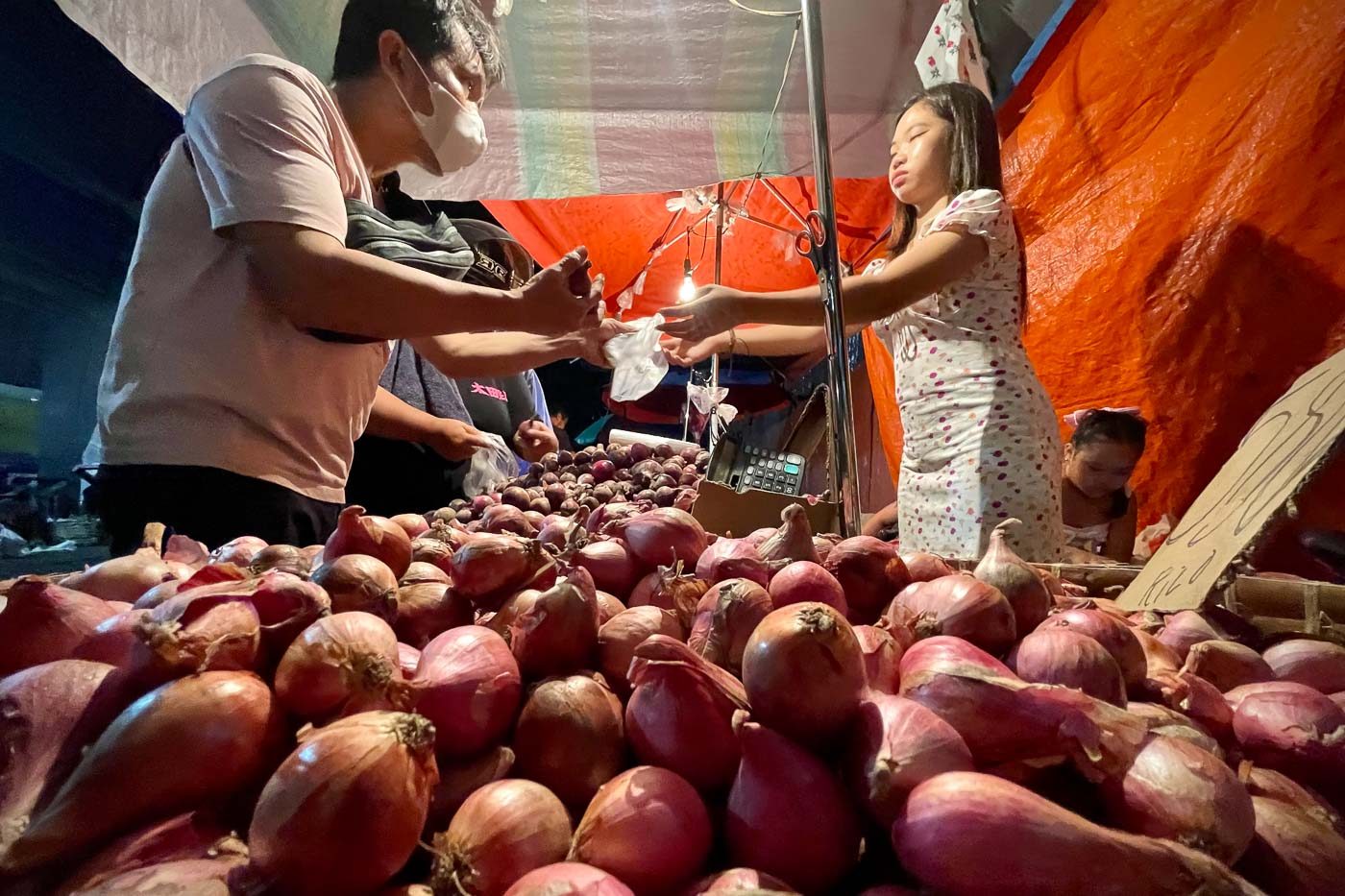
MANILA, Philippines – President Ferdinand Marcos Jr. has finally approved onion imports amid soaring prices. But farmers’ groups fear the decision comes too late as imports will enter the market just as the fast-approaching harvest season is already set to drive prices down.
The Department of Agriculture (DA) – headed by Marcos – has given the go-signal for the importation of yellow and red onions totaling 21,060 metric tons. Importers have until January 27 to bring the onions into the country.
While the importation is bound to bring down prices, the call to bring in onions should have been heeded months before, according to Raul Montemayor, Federation of Free Farmers Cooperatives Incorporated (FFFCI) national manager.
“By the time the imported onions reach the market in mid-February, prices would have gone down already because of the incoming harvest,” Montemayor told Rappler on Wednesday, January 11.
The same sentiments were echoed by Jayson Cainglet, executive director of Samahang Industriya ng Agrikultura (SINAG).
“We’ve been telling DA to import noong October and November. But hindi na puwede ngayon (we can’t do it now); farmers are harvesting na (already),” Cainglet told Rappler on Wednesday, January 11.
Last year, the DA resisted calls to allow imports, stating that it will not import red onions for the remainder of 2022. Although DA Senior Undersecretary Domingo Panganiban acknowledged that the supply of red onions was lacking, he said that the DA would not turn to importation as this would clash with the beginning of the harvest season in January and February.
But farmers’ groups warned that with imports now on the way, this is precisely what will happen. As imports add to the supply of harvested onions, prices may drop to a point that hurts farmers – benefiting only traders who have already been profiteering from the recent tight supply.
“This will further depress prices for farmers, allow traders to take advantage and buy low from farmers, and give them the opportunity to hit the jackpot again during the offseason later this year when prices go up,” Montemayor said. “The government is playing into the hands of the traders.”
DA deputy spokesperson Rex Estoperez reassured that limits on the volume and arrival date of imported onions are in place to protect local farmers. According to a GMA News 24 Oras report, he said that prices are expected to drop to between P100 to P150 – still enough for farmers to recoup their cost of production.
Cainglet, however, remained unconvinced that farmers would be protected. He pointed out that even as early as now – before the impact of imports has been fully felt – farmgate prices for onions are as low as P100 per kilo.
“Binabarat na sila ng traders (Traders are already haggling with them); they are now using the ‘import card’ naman para farmers are forced to sell at a much lower price,” Cainglet said. “Wala kasing post-harvest facilities ang farmers (Farmers don’t have post-harvest facilities), like ‘yung cold storages kaya (so) they cannot negotiate for a better price.”
How bad are current market prices?
Onion prices in the Philippines are currently seven times higher than the world average. In the Philippines, a kilo of onions can put you back as much as $10.90 or P600. The global average is just $1.54 or around P84.87.
The retail price of red onions went up more than 328% from September to December of 2022.
Here’s a look at the prevailing retail price in late 2022, according to price monitoring data from the DA. The suggested retail price (SRP) set by the DA from October 7 to December 6 and another set from December 29 to December 31 are also included in gray.
The wide gap between the price in the market and the SRP set by the DA highlights what Montemayor had previously warned: that setting an SRP will not stop rising onion prices.
“Setting an SRP will not solve the problem. Traders will not follow it, and the DA will not be able to enforce it,” Montemayor told Rappler on December 30, 2022.
Montemayor added that the DA’s previous measure of setting a new SRP made it appear that onion prices were up because of high prices being demanded by the farmers, which was not the case.
“In fact, almost all the onions being sold now at P600+ were bought from farmers last February-August for less than P100 per kilo, some as low as P20 per kilo,” he said.
So why are onions so expensive?
So, who’s behind this upsurge in prices? According to Montemayor and Cainglet, it’s not the farmers.
“At any given time, the farmgate price is not commensurate to the prevailing retail price of onions,” Cainglet said in a statement on January 8. “At its peak, farmgate price is only between P250- P300/ kilo; hence retail prices should have not exceeded P400/kilo at [any] point in time.”
Among the reasons for skyrocketing prices was a tight supply that the government refused to bolster with timely importation.
“This happens year in and year out because we harvest only once a year (between February and April), so stocks have to be kept in cold storage to maintain supply until the next harvest. Normally, local production is from 10% to 20% short of local demand, so stocks have to be augmented by imports,” Montemayor told Rappler.
Local supplies were further thinned out by typhoon-related agricultural damage from super typhoon Karding and typhoon Neneng and severe tropical storm Paeng.
“Onions are usually planted during dry months (starting November to January), but some farmers gamble by planting as early as September. But these were affected by a series of typhoons, so it is very possible that stocks reached a very low level in November,” Montemayor said.
“Then the government restricted the arrival of imports, supposedly to protect farmers who planted in the off-season, but this just made the situation worse.”
With the tight supply, traders are now selling red onions at higher prices, which they bought earlier in the year and kept in cold storage.
Both FFFCI and SINAG stressed the role of government in monitoring and addressing gaps in supply – a role that they seemed to have missed this time around.
“It should be a relatively easy exercise to monitor inventories and anticipate supply shortages. If this is not managed well, we end up with a tight supply situation which traders will take advantage of by jacking up prices,” Montemayor said.
“Miscalculation, deliberate, ineptitude, or a combination of the three,” Cainglet said. “‘Yun ang pananadya ng DA; parang sila pa ang nagpalugi sa onion farmers (That seems to be the intention of the DA; it’s as if they themselves are the ones bankrupting onion farmers.)” – Rappler.com
$1 = P55.11
Add a comment
How does this make you feel?
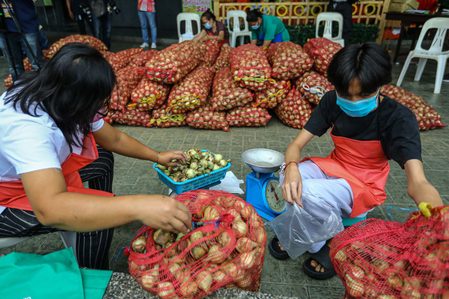





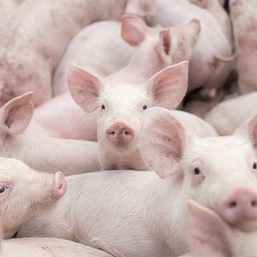
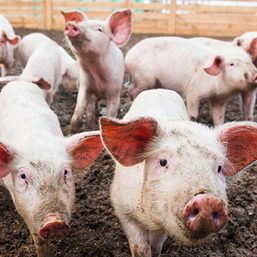

![[ANALYSIS] A post mortem on the rice price ceiling](https://www.rappler.com/tachyon/2023/10/tl-riceceiling.jpg?resize=257%2C257&crop=245px%2C0px%2C720px%2C720px)
![[EDITORIAL] Talagang ‘ibang usapin ang bigas’](https://www.rappler.com/tachyon/2023/10/animated-rice-inflation-bbm-carousel.jpg?resize=257%2C257&crop_strategy=attention)
![[In This Economy] Runaway rice prices are making inflation higher than it needs to be](https://www.rappler.com/tachyon/2024/02/tl-rice-prices.jpg?resize=257%2C257&crop=560px%2C0px%2C720px%2C720px)
![[Vantage Point] When sugar turns sour: End users agonize from high prices](https://www.rappler.com/tachyon/2024/02/tl-sugar-turns-sour-February-6-2024.jpg?resize=257%2C257&crop_strategy=attention)
![[OPINION] The politics of rice – and managing perception](https://www.rappler.com/tachyon/2023/09/politics-rice-september-14-2023.jpg?resize=257%2C257&crop_strategy=attention)

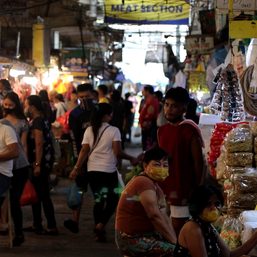

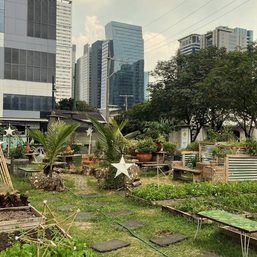
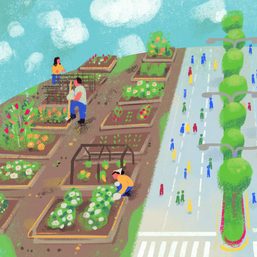
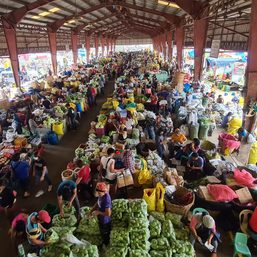

There are no comments yet. Add your comment to start the conversation.